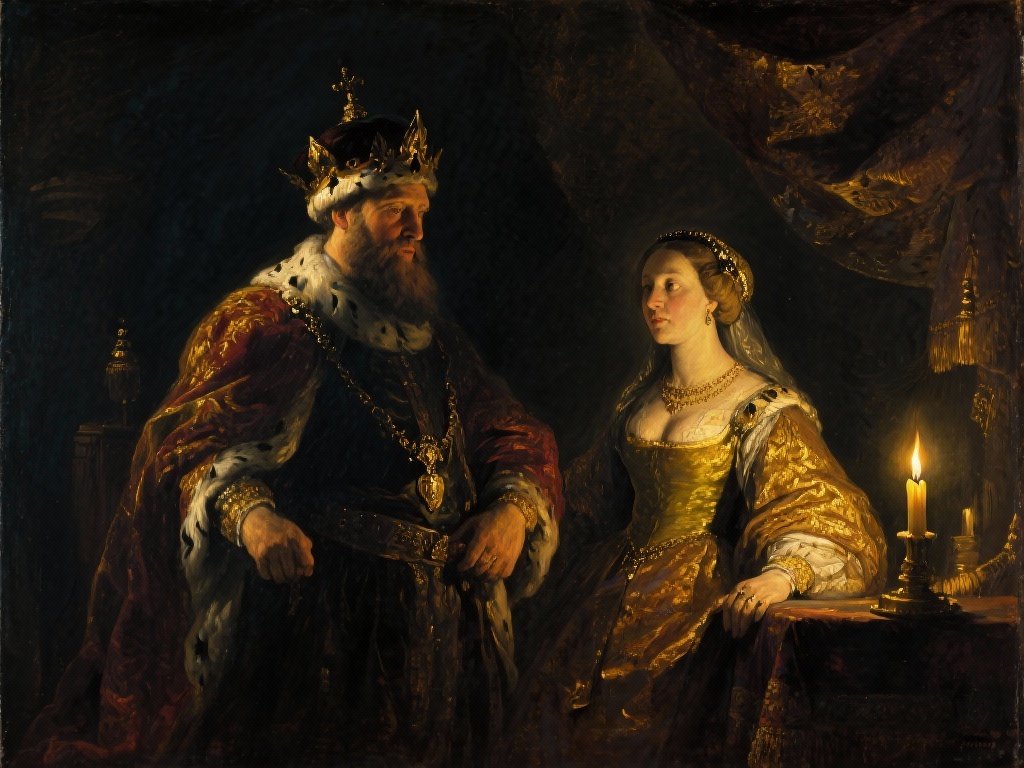The Tudor dynasty didn’t just rule England for 118 years—they fundamentally rewrote the blueprint for modern Britain. From Henry VIII’s dramatic break with Rome to Elizabeth I’s golden age, Tudor monarchs created the constitutional, religious, and cultural foundations that still define British society today. Their influence stretches far beyond dusty history books, touching everything from the way Britain governs itself to the shows you watch on Netflix.
When you visit a Tudor palace, watch a Shakespeare play, or see the monarch open Parliament, you’re experiencing direct connections to a royal family that transformed a medieval kingdom into the prototype for the modern British state. The Tudor rose symbol adorning buildings across Britain represents more than royal heraldry—it symbolizes a unified nation that emerged from their revolutionary reign.
How the Tudor Dynasty Transformed British Government
The most profound Tudor legacy lies in Britain’s unique system of constitutional monarchy, where elected officials hold real power while the crown provides ceremonial continuity. This wasn’t an accident—it emerged directly from Tudor monarchs’ strategic relationship with Parliament.
Parliamentary Sovereignty Development Under Tudor Rule
Henry VIII revolutionized British governance when he needed Parliament’s backing for his break from Rome. Rather than ruling by divine right alone, he discovered that involving Parliament in major decisions actually strengthened royal authority. The English Reformation required new laws, and Henry couldn’t simply impose them—he needed legislative support.
This partnership between crown and Parliament became the foundation for modern British democracy. When Henry passed the Act of Supremacy in 1534, declaring himself head of the Church of England, he used Parliament to legitimize what was essentially a religious revolution. Elizabeth I continued this approach, consulting Parliament on major policy decisions while maintaining royal prerogative.
Today’s “Crown in Parliament” system directly descends from these Tudor innovations. When you see the monarch reading the government’s legislative agenda at the State Opening of Parliament, you’re witnessing a ceremony that evolved from Tudor practices of royal-parliamentary cooperation.
Constitutional Monarchy Foundations
The Tudor approach to monarchy created something entirely new: a system where royal authority derived partly from parliamentary consent rather than pure divine right. This wasn’t democracy as we know it, but it planted seeds that would eventually bloom into constitutional monarchy.
Elizabeth I perfected this balance, maintaining royal mystique while acknowledging Parliament’s growing importance. Her famous speeches to Parliament, including the “Golden Speech” of 1601, established precedents for how monarchs should address elected representatives—with respect rather than commands.
Modern British royal succession laws also trace back to Tudor precedents. Henry VIII’s desperate attempts to secure male succession led to the succession acts that first established Parliament’s role in determining who could inherit the throne. Today’s Succession to the Crown Act of 2013, which ended male primogeniture, represents the latest evolution of this Tudor-era innovation.
The Protestant Reformation’s Lasting Impact on Modern Britain
Henry VIII’s break from Rome didn’t just change England’s religion—it fundamentally altered British identity and international relationships. The English Reformation created a distinctly British form of Christianity that remains central to national institutions today.
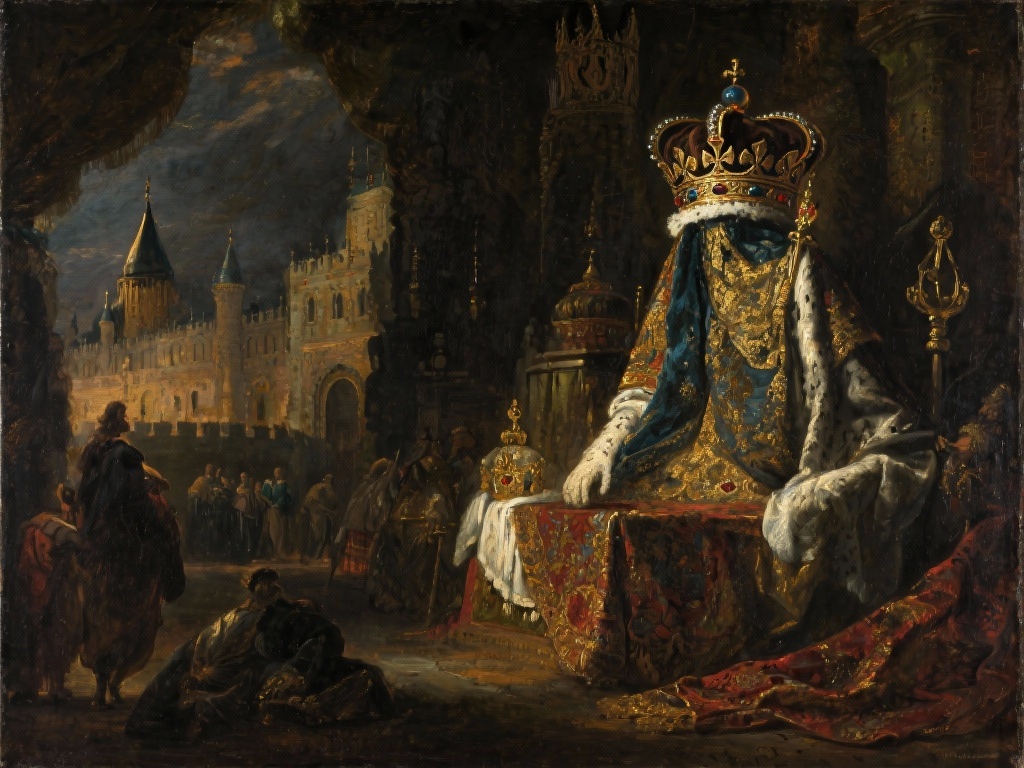
Church of England Establishment and Contemporary Role
The Church of England, born from Henry’s desire to divorce Catherine of Aragon, became far more than a royal convenience. It evolved into a “via media” between Catholicism and radical Protestantism, creating a uniquely British religious settlement that emphasized compromise over extremism.
Today, the Archbishop of Canterbury still plays a crucial role in British public life, from conducting royal weddings to speaking on social issues. The Church of England’s 26 bishops sitting in the House of Lords represent a direct continuation of Tudor religious settlement. This established church provides ceremonial continuity while maintaining the tolerance that emerged from centuries of religious conflict.
The Protestant work ethic that emerged from Tudor-era reforms also influenced British economic development. Max Weber’s famous thesis about Protestant capitalism found fertile ground in post-Reformation England, where religious duty merged with economic enterprise.
Religious Settlement Effects on British Identity
Elizabeth I’s religious settlement created what historians call “Anglican comprehensiveness”—a broad church that could accommodate different theological views while maintaining national unity. This approach to religious differences became a template for British tolerance and pragmatism.
Modern British attitudes toward religion, including the concept of “live and let live,” evolved from necessity during the Tudor period. After decades of religious upheaval, Elizabeth’s subjects learned that peaceful coexistence served everyone better than religious warfare. This pragmatic tolerance became a defining characteristic of British culture.
The Tudor religious settlement also established Britain’s complex relationship with European Catholicism. While maintaining diplomatic relations with Catholic powers, Britain developed a distinct Protestant identity that influenced everything from foreign policy to cultural attitudes. Brexit debates often echoed these ancient tensions between British independence and European integration.
Tudor Architectural Heritage in Contemporary Britain
Walk through any British city, and you’ll encounter Tudor architectural DNA in buildings that range from authentic 16th-century survivors to Victorian revivals to contemporary designs inspired by Tudor aesthetics.
Royal Palaces as Modern Heritage Sites
Hampton Court Palace stands as perhaps the most spectacular example of Tudor architectural legacy in action. Henry VIII’s magnificent palace, with its Great Hall and astronomical clock, attracts over 600,000 visitors annually, generating millions in tourism revenue while preserving Tudor craftsmanship for future generations.
The Tower of London, where Anne Boleyn and other Tudor figures met their fate, has transformed from a place of execution into one of Britain’s most popular tourist attractions. The Crown Jewels displayed there include items created during Tudor reigns, making the tower a living museum of royal continuity.
St. James’s Palace, built by Henry VIII, remains the official residence of the British monarchy, where foreign ambassadors are still accredited to the “Court of St. James’s.” This continuing ceremonial use demonstrates how Tudor architectural spaces adapt to modern constitutional functions while maintaining historical authenticity.
Tudor Building Features in British Architecture Today
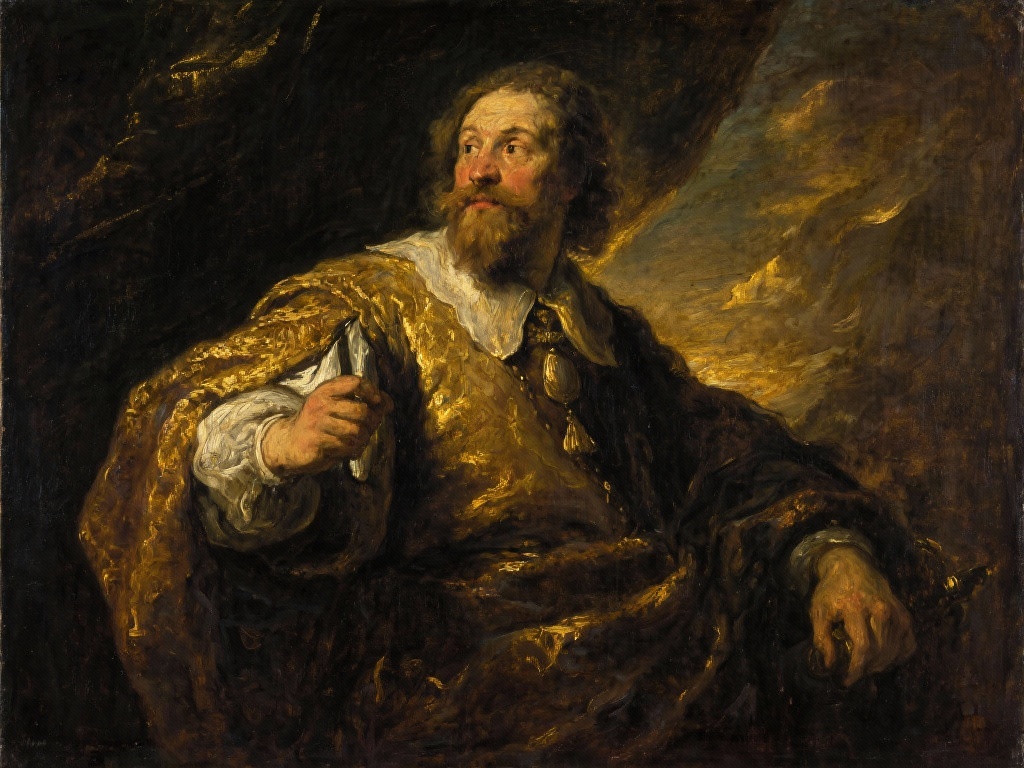
Tudor architectural elements—half-timbering, diamond-paned windows, steep gables, and decorative chimneys—didn’t disappear with the dynasty. Victorian architects revived Tudor styles during the 19th century, creating thousands of “Tudor revival” homes that define entire British neighborhoods today.
Modern architects continue drawing inspiration from Tudor design principles. The emphasis on domestic comfort, connection between indoor and outdoor spaces, and human-scaled proportions that characterized Tudor manor houses influences contemporary British home design. Even new developments often incorporate Tudor-inspired features like bay windows and varied rooflines.
Tudor gardens, with their formal layouts and symbolic plantings, established design principles still visible in British landscapes. The Tudor rose gardens at Hampton Court Palace provide templates for garden designers across Britain, while the integration of productive and ornamental elements pioneered in Tudor gardens influences modern sustainable landscaping.
How Tudor Monarchs Influence Modern British Culture
Tudor cultural influence permeates modern Britain in ways both obvious and subtle, from the continuing popularity of Shakespeare to the persistence of certain social customs and linguistic patterns.
Shakespeare’s Tudor Era Legacy
William Shakespeare, writing during Elizabeth I’s reign, created works that remain central to British cultural identity. His history plays, particularly those featuring earlier monarchs, established narratives about British kingship and national character that persist today. When modern politicians quote Shakespeare or when British students study Hamlet, they’re engaging with Tudor-era perspectives on power, morality, and human nature.
Shakespeare’s language also preserved Tudor-era English expressions and concepts that continue influencing modern British speech. Phrases he coined or popularized during the Tudor period—from “wild goose chase” to “heart of gold”—remain common in contemporary British English, creating linguistic continuity across five centuries.
The Globe Theatre’s reconstruction in London demonstrates how Tudor cultural heritage generates modern economic value. By authentically recreating Shakespearean performance conditions, the Globe attracts international visitors while providing educational experiences that connect contemporary audiences with Tudor cultural achievements.
Tudor Fashion and Design in Contemporary Britain
Tudor fashion aesthetics continue influencing British design, from high fashion to everyday clothing. The Tudor emphasis on rich fabrics, intricate embroidery, and distinctive silhouettes appears regularly in British fashion collections. Designers like Vivienne Westwood have explicitly drawn on Tudor costume elements, while royal fashion often references Tudor precedents during ceremonial occasions.
Tudor interior design principles—particularly the use of rich textiles, carved wood, and heraldic symbols—remain popular in British homes. The “country house” aesthetic that many British people aspire to traces directly back to Tudor manor house design, emphasizing comfort, tradition, and connection to the landscape.
Even modern British pub culture reflects Tudor influences. Many historic pubs date from Tudor times, and the social functions they served—providing meeting spaces, entertainment, and community centers—continue today. The architectural features of traditional British pubs, including low ceilings, small windows, and cozy spaces, preserve Tudor building traditions.
Popular Culture’s Tudor Obsession
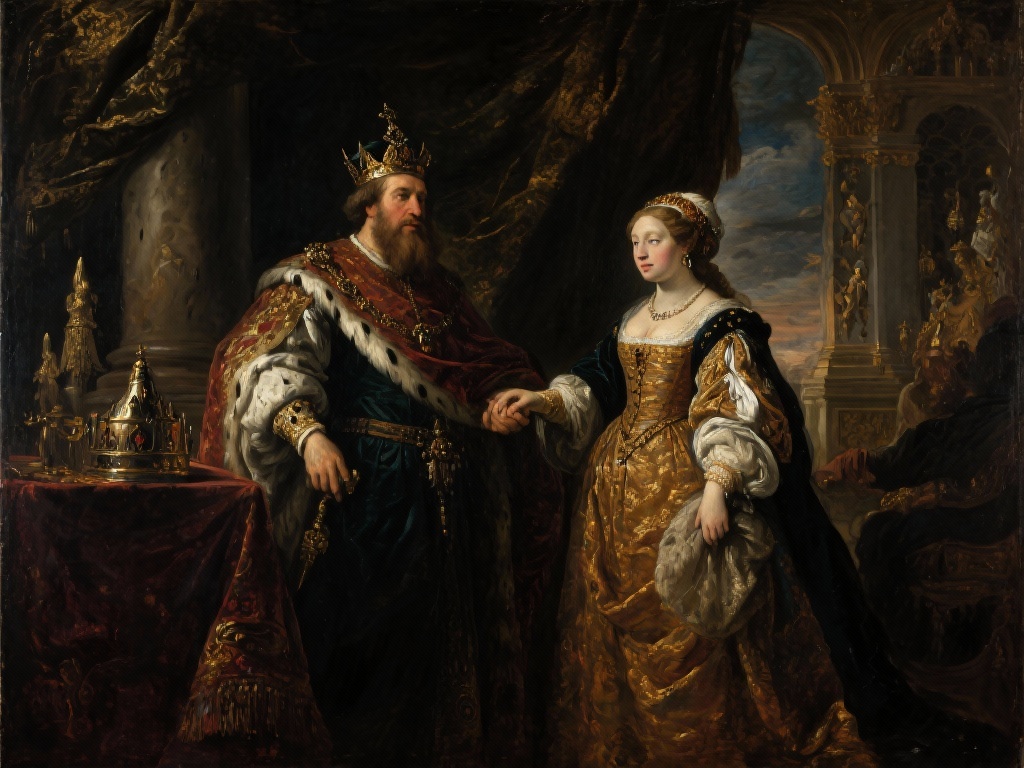
Modern Britain’s fascination with Tudor history generates enormous cultural and economic value, from blockbuster television series to heritage tourism that attracts millions of international visitors.
Television and Film Representations
Tudor-themed entertainment has become a British cultural export success story. Series like “The Tudors,” “Wolf Hall,” and “The Crown” (which traces royal traditions back to Tudor origins) captivate global audiences while reinforcing British cultural soft power. These productions often film at authentic Tudor locations, supporting heritage preservation while creating employment in Britain’s creative industries.
The popularity of Tudor drama reflects deeper cultural needs. In an era of rapid change, Tudor stories provide narratives about strong leadership, religious conviction, and national identity that resonate with contemporary audiences. Henry VIII’s larger-than-life personality and Elizabeth I’s political savvy offer compelling character studies that transcend historical periods.
Netflix and other streaming platforms have discovered that Tudor content performs exceptionally well internationally, making it a valuable cultural commodity. This success demonstrates how Tudor heritage continues generating economic value centuries after the dynasty ended.
Tudor Tourism Industry Impact
Tudor heritage sites contribute significantly to Britain’s £25 billion annual tourism industry. Hampton Court Palace, the Tower of London, and other Tudor locations attract millions of visitors who spend money on accommodation, restaurants, and shopping, supporting local economies across England.
Tudor-themed tours, from Anne Boleyn walking tours in London to Elizabeth I’s progresses through the countryside, create specialized tourism markets. These experiences satisfy international visitors’ hunger for “authentic” British history while providing employment for tour guides, actors, and heritage interpreters.
The global popularity of Tudor entertainment has created what tourism experts call “film tourism,” where international visitors seek out locations featured in Tudor dramas. This phenomenon demonstrates how popular culture and heritage tourism reinforce each other, creating economic opportunities that depend on preserving Tudor legacy sites.
Gender Politics and Social Change From Tudor Times
The Tudor dynasty produced some of history’s most powerful women, creating precedents and narratives about female leadership that continue influencing contemporary gender politics.
Henry VIII’s Six Wives and Modern Feminism
The stories of Henry VIII’s six wives have evolved from cautionary tales about royal power into narratives about women’s resilience under patriarchal systems. Modern feminist interpretations of figures like Anne Boleyn and Catherine of Aragon emphasize their intelligence, political acumen, and courage in impossible circumstances.
Catherine of Aragon’s refusal to accept annulment, Anne Boleyn’s religious reformism, and Catherine Parr’s theological writing demonstrate that Tudor women wielded significant influence despite legal limitations. These examples provide historical precedents for women’s political participation that feminist historians have recovered and celebrated.
Contemporary discussions about women’s rights often reference Tudor precedents. When British politicians debate women’s leadership roles, they frequently invoke Elizabeth I as proof that female authority has deep historical roots in British tradition.
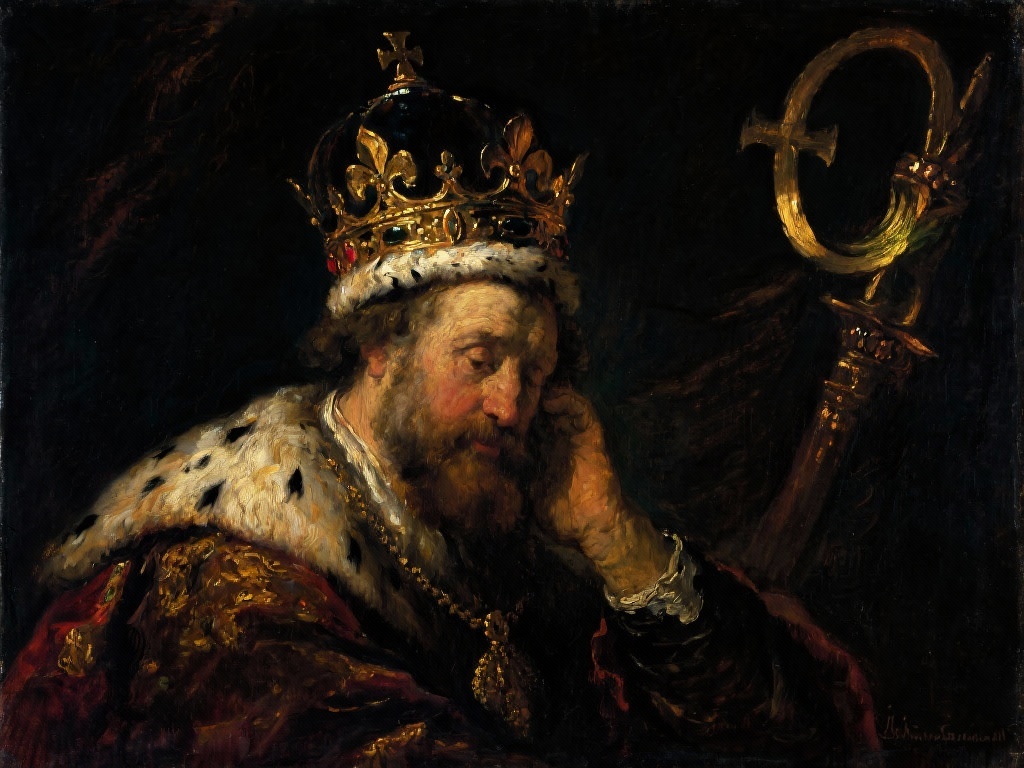
Elizabeth I’s Political Legacy for Women Leaders
Elizabeth I created the template for successful female political leadership in British culture. Her strategies—emphasizing competence over gender, using feminine imagery strategically, and maintaining authority while acknowledging political constraints—continue influencing how British women navigate leadership roles.
Modern British female politicians, from Margaret Thatcher to contemporary figures, often face comparisons to Elizabeth I. This connection demonstrates how Tudor precedents continue shaping expectations about women’s political participation. Elizabeth’s famous declaration that she had “the heart and stomach of a king” provides a historical reference point for women claiming equal political authority.
The concept of the “Virgin Queen” also established complex relationships between female power and personal autonomy that continue resonating in contemporary gender discussions. Elizabeth’s choice to remain unmarried to preserve political independence offers a historical example of women prioritizing career over traditional family roles.
Common Questions About Tudor Influence Today
Understanding specific ways Tudor heritage manifests in contemporary Britain helps clarify the dynasty’s enduring relevance.
Do Tudor Laws Still Apply in Modern Britain?
While British law has evolved dramatically since Tudor times, some fundamental legal principles established during their reign persist today. The concept of parliamentary sovereignty, first articulated during Henry VIII’s break from Rome, remains central to British constitutional law. Tudor-era precedents about royal prerogative still influence how modern monarchs interact with elected governments.
More surprisingly, some specific Tudor laws technically remain on the books, though they’re rarely enforced. The Treason Act of 1351, updated during Tudor reigns, still defines certain crimes against the state. However, modern legal practice has effectively superseded most Tudor-era statutes through newer legislation and constitutional conventions.
How Much Does Tudor Heritage Contribute to British Tourism?
Tudor heritage sites generate hundreds of millions of pounds annually for the British economy. Hampton Court Palace alone attracts over 600,000 visitors yearly, while the Tower of London hosts over 2.8 million annual visitors. Combined with Tudor-themed tours, exhibitions, and related tourism activities, Tudor heritage likely contributes over £1 billion annually to the British tourism industry.
This economic impact extends beyond admission fees. Tudor heritage tourism supports thousands of jobs in hospitality, retail, and cultural industries. International visitors drawn by Tudor history often extend their stays, visiting other British attractions and contributing to broader economic activity. The global popularity of Tudor-themed entertainment has amplified this effect, with many international tourists specifically seeking Tudor-related experiences during their British visits.
The Tudor legacy in modern Britain represents far more than historical curiosity—it constitutes a living inheritance that continues shaping British institutions, culture, and identity. From constitutional monarchy to religious establishment, from architectural heritage to popular entertainment, Tudor influences remain woven throughout contemporary British life. Understanding these connections helps explain why Britain developed its distinctive political traditions, cultural attitudes, and international relationships. The Tudor dynasty didn’t just rule England; they created the foundations for modern British civilization.
